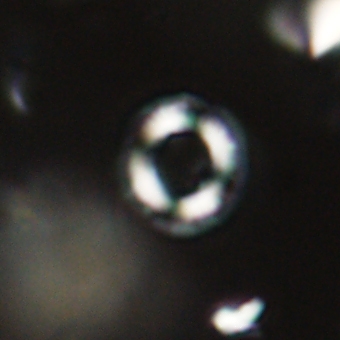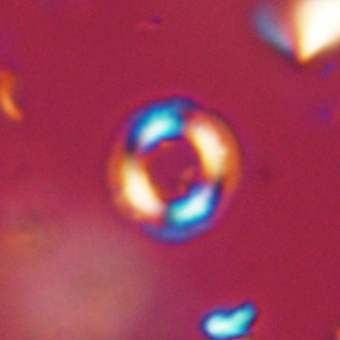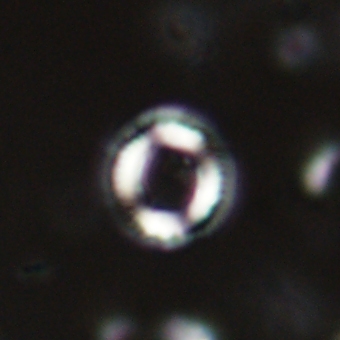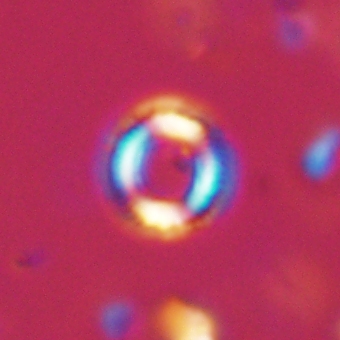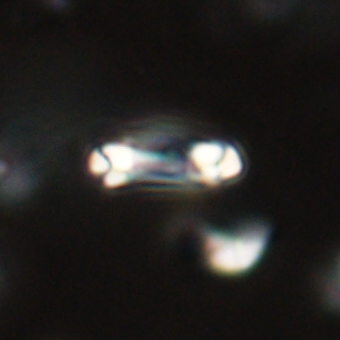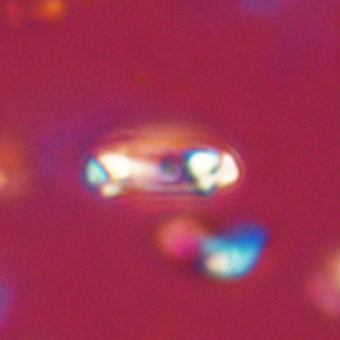Denisea atalikii
Set number: 515
-
1
-
2
-
3
-
4
10µm
Set number: 517
-
1
-
2
-
3
-
4
-
5
-
6
-
7
-
8
-
9
-
10
-
11
-
12
10µm
Set number: 518
-
1
-
2
-
3
-
4
-
5
-
6
-
7
-
8
-
9
-
10
-
11
-
12
10µm
Set number: 519
-
1
-
2
-
3
-
4
10µm
Denisea atalikii Varol, 2022
The medium-sized sub-circular species of Denisea have a large, empty, elliptical central area whose width is equal to or greater than the width of the pelaga.
In honour of Dr Erkan Atalik, Geologist, Houston, Texas.
Length: 6.44 μm; width: 5.98 μm, the width of the pelaga: 1.92 μm; the length of the central area: 2.59 μm; the width of the central area: 2.09 μm; thickness: 2.07 μm.
Inclination angles of holotype: Distal shield: 55.7°; proximal shield: 57.9°; sutures between the shields: 55.2°; suture between the tube cycle and the shields: 47.2° (unexpectedly high, possibly due to the tilling).
Medium-sized (5.0–9.0 μm) sub-circular species of Denisea constructed a birefringent tube cycle, two shields, and a wide, vacant, elliptical central area. The diameter of the central area is equal to or greater than the width of the pelaga.
Denisea atalikii is smaller (< 9.0 μm) than the large sub-circular Denisea salleyi and an elliptical Denisea turkmenii. Denisea atalikii differs from the similarly sized Denisea subpertusa, Denisea foramena and Denisea aliquanta by being sub-circular and having an oval central area. The latter species are circular. Denisea subpertusa has a narrower central area than the width of the pelaga. It further differs from Denisea subpertusa in having a central area larger than the width of the pelaga.
Varol, O. 2022. Denisea, a new genus of Paleocene calcareous nannofossils. Neues Jahrbuch für Geologie und Paläontologie, Abhandlungen, 304/2 (2022): 159-186.
